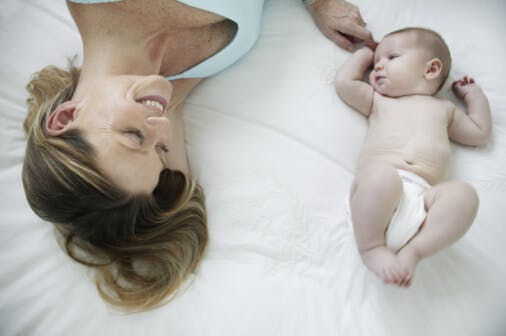Milia: A-to-Z Guide from Diagnosis to Treatment to Prevention

When you first meet your baby, there may be tiny bumps on his or her face. These may catch your attention or you might look right past them and not even notice at first.
What is it?
Milia are little plugs of keratin in the glands of the skin of the face. The resulting bumps are a common feature of newborns’ faces.
Who gets it?
The bumps are found in up to half of newborns.
What are the symptoms?
The tiny bumps of milia are no larger than a millimeter or two. They are most common on the tip of the nose or chin, and are frequently seen on the cheeks and forehead. Less commonly, they will be found on the upper trunk or limbs –and even on the penis. When found in the middle of a baby’s palate, they are called Epstein’s pearls.
These bumps are yellow or white (unlike the red bumps of baby acne).
Is it contagious?
No
How long does it last?
Most milia disappear within the first few weeks of life. Sometimes they last for the first 3 months.
How is it diagnosed?
Milia are recognized by their appearance and location.
How is it treated?
Treatment is unnecessary. If the bumps last longer than 3 months or are very extensive, other diagnoses should be considered. In adults or older children (with secondary Milia), the bumps may be a sign of other skin conditions.
How can it be prevented?
No prevention is necessary.


